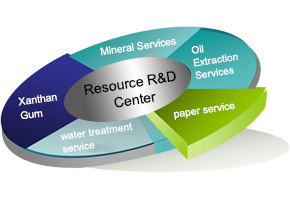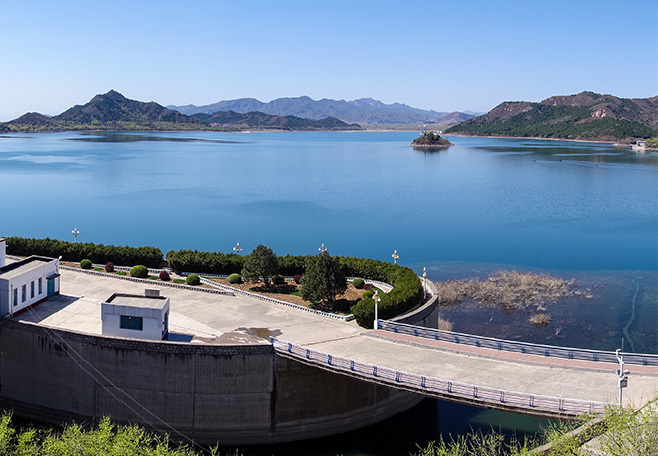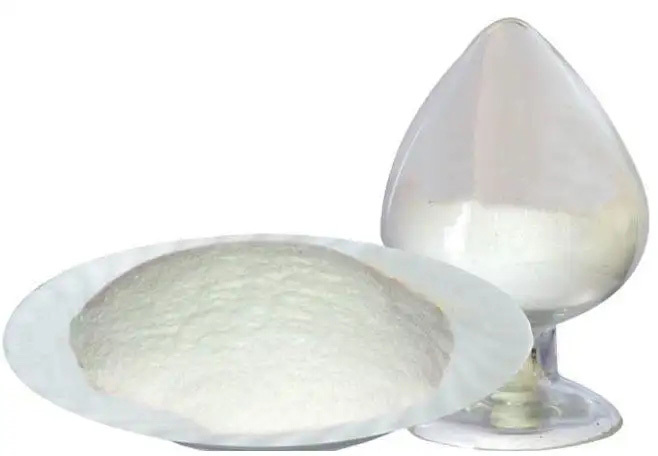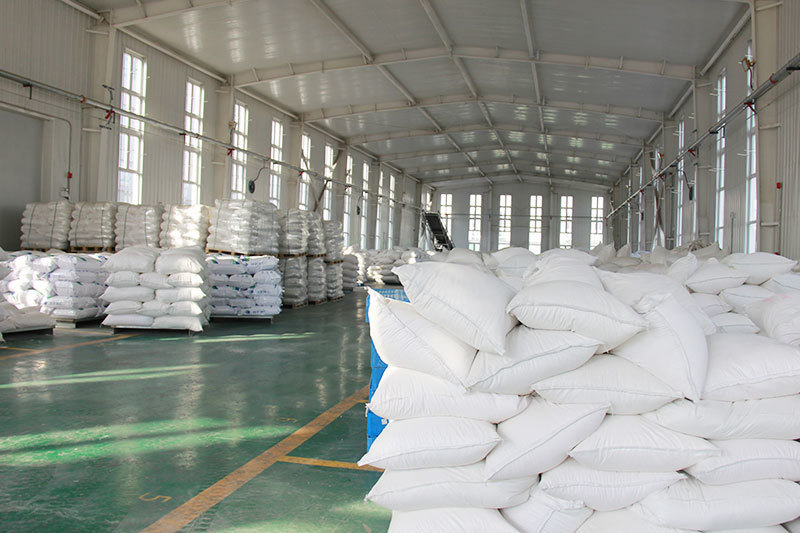Unlocking the Secrets of Polyacrylamide: How It Works
Release Time:
Jul 07,2025
Discover the fascinating workings of Polyacrylamide, its applications, and why it matters.
Understanding Polyacrylamide
Polyacrylamide, often referred to simply as PAM, is a polymer that has taken various industries by storm. From water treatment to agriculture, this versatile compound is everywhere! But what exactly is Polyacrylamide, and how does it work? Let's dive into its fascinating world.
What is Polyacrylamide?
At its core, Polyacrylamide is a synthetic polymer made from acrylamide monomers. Now, don’t let the technical jargon scare you off! In layman's terms, it's a long chain of repeating units that can absorb water and form a gel-like substance. Wow, right? This property makes it incredibly useful in a variety of applications.
How Does Polyacrylamide Work?
So, how does Polyacrylamide work? The magic lies in its ability to create a gel that can hold onto water. When added to water, Polyacrylamide molecules swell and trap moisture, which is a game-changer for agriculture. Farmers can use it to retain soil moisture, thereby reducing the need for frequent watering. Talk about saving time and resources!
Polyacrylamide in Water Treatment
But wait, there’s more! Polyacrylamide is also a superstar in water treatment facilities. It helps in the coagulation and flocculation process, where tiny particles in water clump together and settle at the bottom. This makes the water cleaner and safer for consumption. Who knew a simple polymer could have such a big impact?
Applications in Everyday Life
Beyond agriculture and water treatment, Polyacrylamide is also used in cosmetics, food processing, and even in the oil industry. Yep, it’s versatile! In cosmetics, it acts as a thickening agent, giving your favorite lotions that smooth texture. And in food processing, it helps improve the quality of certain products. It’s like the unsung hero of many industries!
Safety and Environmental Impact
Now, let’s talk about safety. Acrylamide, the building block of Polyacrylamide, is a known neurotoxin. However, when Polyacrylamide is fully polymerized, it poses little to no risk. Still, it’s important to handle it with care. Always follow safety guidelines and regulations, folks!
The Future of Polyacrylamide
Looking ahead, the future of Polyacrylamide seems bright! With advancements in technology, researchers are finding new and exciting ways to harness its properties. From biocompatible materials for medical applications to improved methods for soil hydration, the possibilities are endless!
Final Thoughts
To wrap it up, Polyacrylamide is more than just a fancy term you might hear in a science class. It’s a powerful tool that impacts our daily lives in ways we often overlook. Whether you’re a farmer, a consumer, or just a curious mind, understanding how Polyacrylamide works can give you a deeper appreciation for the science behind it.
So next time you hear the word Polyacrylamide, remember the fantastic potential it holds. Who knew a little polymer could make such a big splash?
Key words:
What Else Might You Learn?












